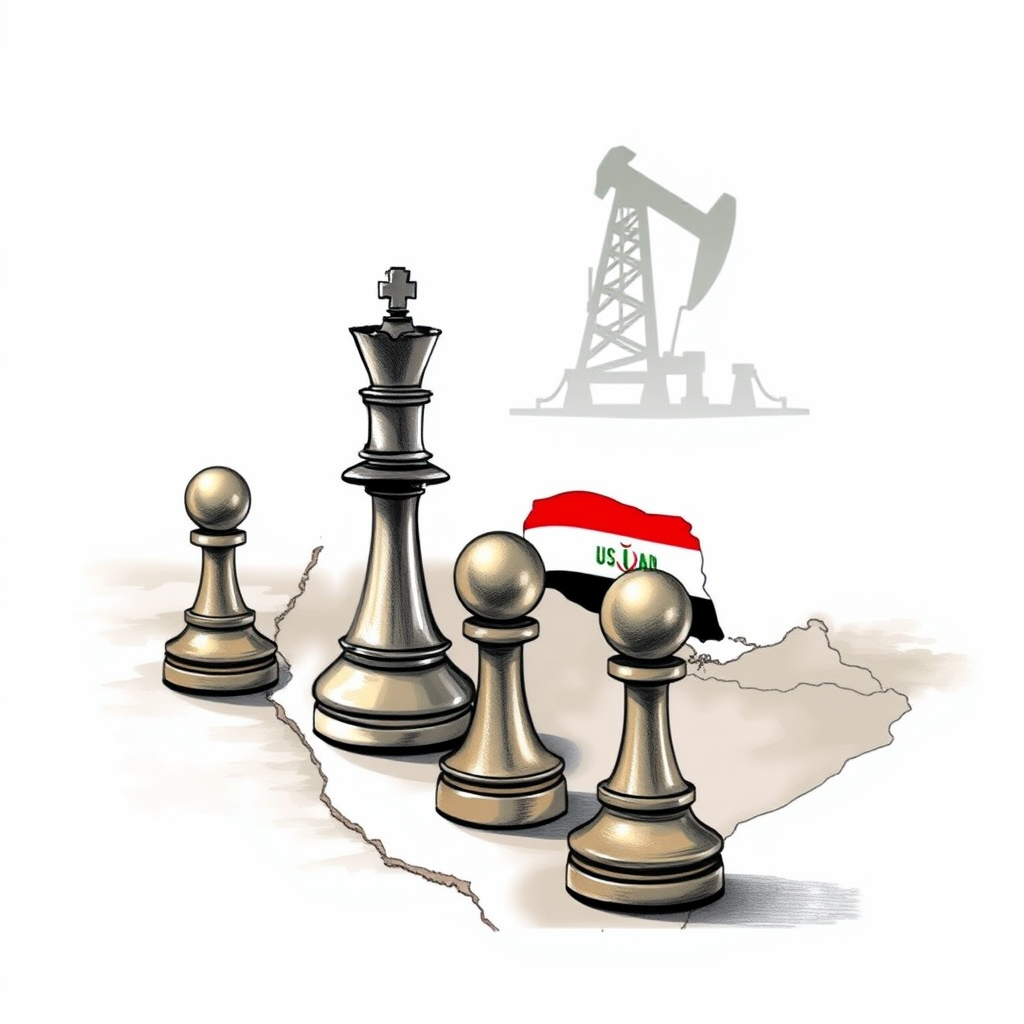Trump’s Gulf Trip: Deals, Diplomacy, and Shifts

President Trump concluded a four-day tour of the Persian Gulf on Friday, marked by significant financial agreements, a novel data partnership leveraging artificial intelligence, and surprising shifts in diplomatic strategy. The administration consistently framed the trip as a move towards a pragmatic, transactional foreign policy in the Middle East, simultaneously highlighting the economic success of the region’s oil-producing nations.
Trump asserted the announced deals would bolster the U.S. economy and signal a departure from past U.S. “interventionism” in the region. This shift appeared most notably in his overtures towards the current Syrian leadership and ongoing negotiations surrounding a revised Iran nuclear agreement, alongside efforts to de-escalate the conflict in Gaza.
While the emphasis on economic benefit and reduced military engagement is a clear departure from previous administrations, the long-term implications of these rapidly evolving relationships remain to be seen. The rapprochement with Syria, in particular, raises questions about the U.S.’s commitment to human rights concerns and regional stability. Similarly, the pursuit of a new Iran nuclear deal, while potentially preventing proliferation, could be perceived as weakening U.S. leverage in the region.
The tour suggests a calculated gamble by the Trump administration – prioritizing short-term economic gains and a reduction in military commitments over traditional alliances and long-held strategic objectives. Whether this approach will ultimately prove successful in fostering lasting peace and security in the Middle East remains a critical question. The focus on “deals” feels distinctly characteristic of the administration, but the complexities of the region demand more than just transactional diplomacy.